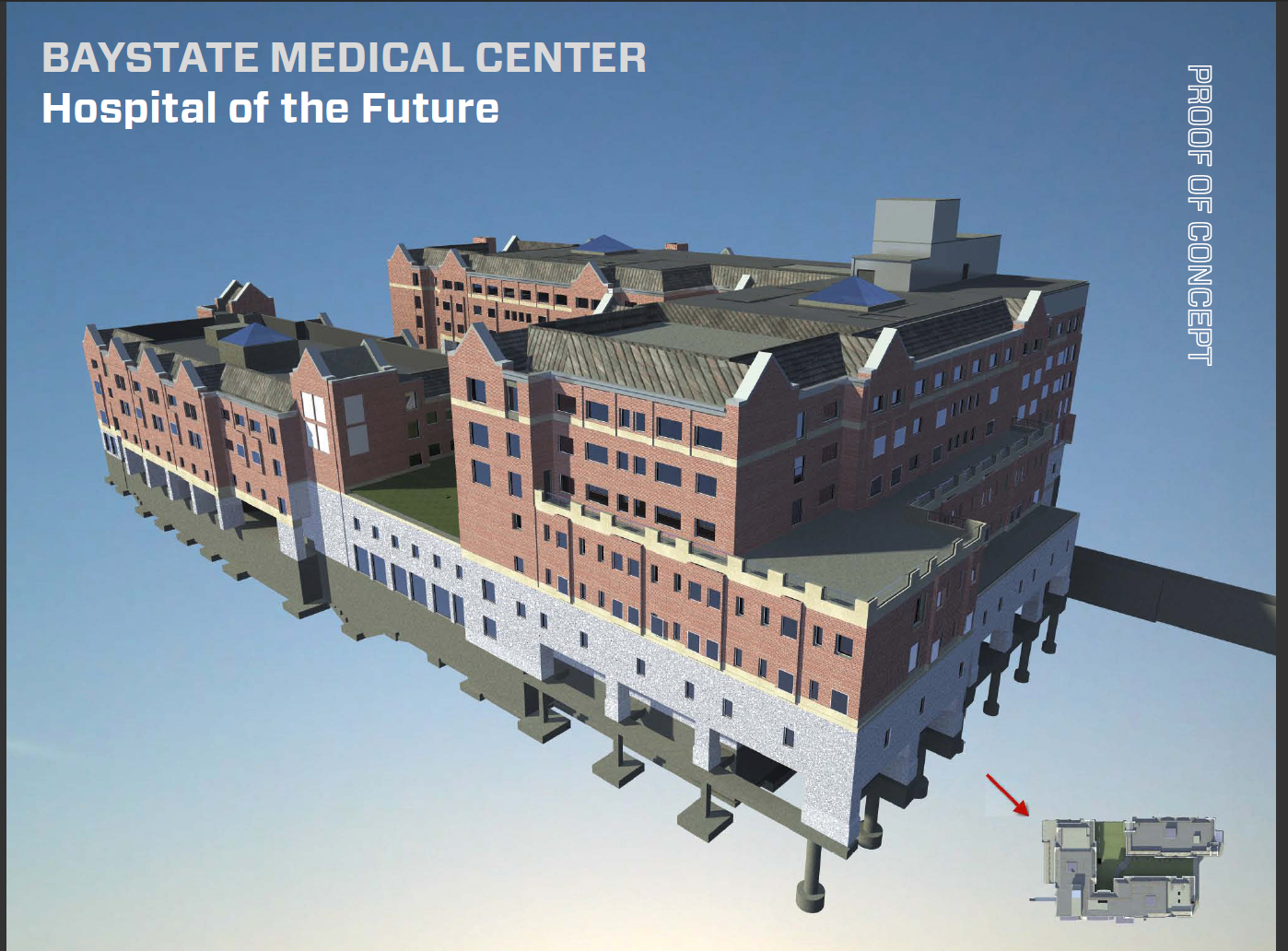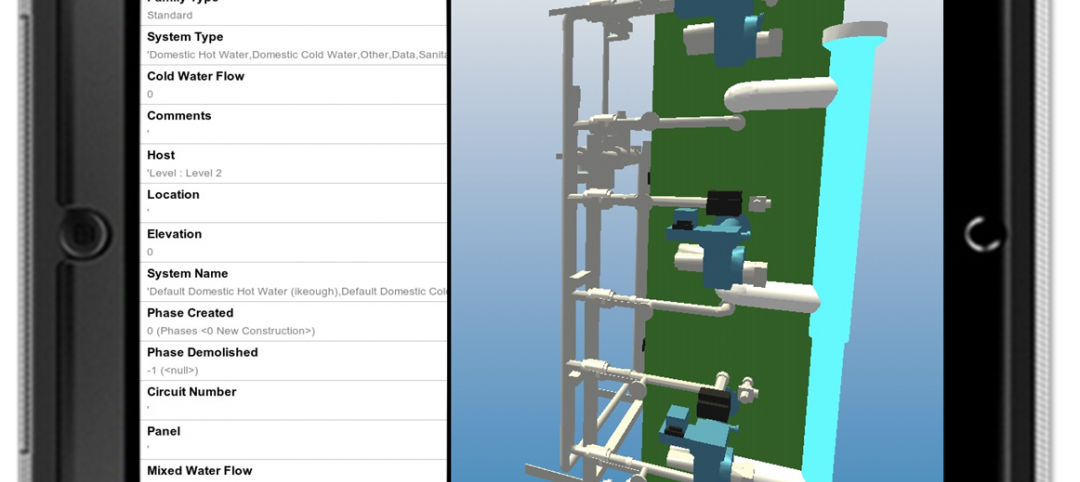While it’s always nice to see what’s new in Revit 2012 (now with constructability tools!), some of the most valuable information editors and bloggers take from Autodesk’s annual media days in suburban Boston are the actual customer stories presented to the media.
This year’s best presentation was by Peter Campot, President of the Healthcare/Science and Technology division of New England’s Suffolk Construction. While describing his company’s journey from skepticism to full-adoption of BIM and the Revit platform, Campot showed examples of how his company benefited from BIM on large projects such as the Baystate Medical Center in Springfield, Mass., a $200 million, 638,000-sf replacement hospital, and the MIT Cancer Research Center, a $200 million, 500,000-sf project in Cambridge, Mass., completed in 2007.
The problem with today’s projects, Campot said, is that as buildings have become more complex, design detail has not.
“We need to transition from design as you go to a design and construction process,” Campot said. “We reinvent the wheel everyday right now. Would you ride in an airplane that was a prototype? Buildings are the same way, each is a one-off, but if you build it virtually you’ll build it right.”
Campot said that general contractors and construction managers need to move beyond using BIM for just clash detection. To illustrate the point he showed how all the steel beams, with penetrations, were purchased and coordinated with the steel fabricator to beat a price increase and save $650,000 on the MIT Cancer Research Center. 85% piping and valve assemblies were fabricated off-site, saving over $100,000 in field labor and enhanced scheduling. Suffolk’s use of BIM reduced the number of RFIs on the project by 194. Campot said that translated into a total savings of 7,949 man-hours, for a total savings of $814,374.
“Value-engineering, I would argue, is neither,” Campot said. “If we get the construction model right there ARE no RFIs. Higher quality is what I care about. I’m in a reference business.”
He also said as the architects and designers produce better 3D models, the delivery and construction of buildings will get better and more efficient, but only if the entire Building Team buys into BIM.
“We need a paradigm shift,” Campot said. “We need to restructure and transform the industry. Owners have to be willing to spend more upfront. It does come back to them in the end.”
To date, Suffolk Construction has handed over 60 3D models to its clients. While Campot said the clients sometimes aren’t ready to use that information for facilities management, Suffolk still tags and highlights every piece of mechanical equipment in case they can be used for FM.
Suffolk is using BIM for every project valued at over $10 million it takes. The use at least clash detection on every project and recommend full BIM for every project over $50 million in estimated costs. The company uses 50 different 3D BIM software programs in-house and purchased all of its full-time employees iPads to use in the field last year.









